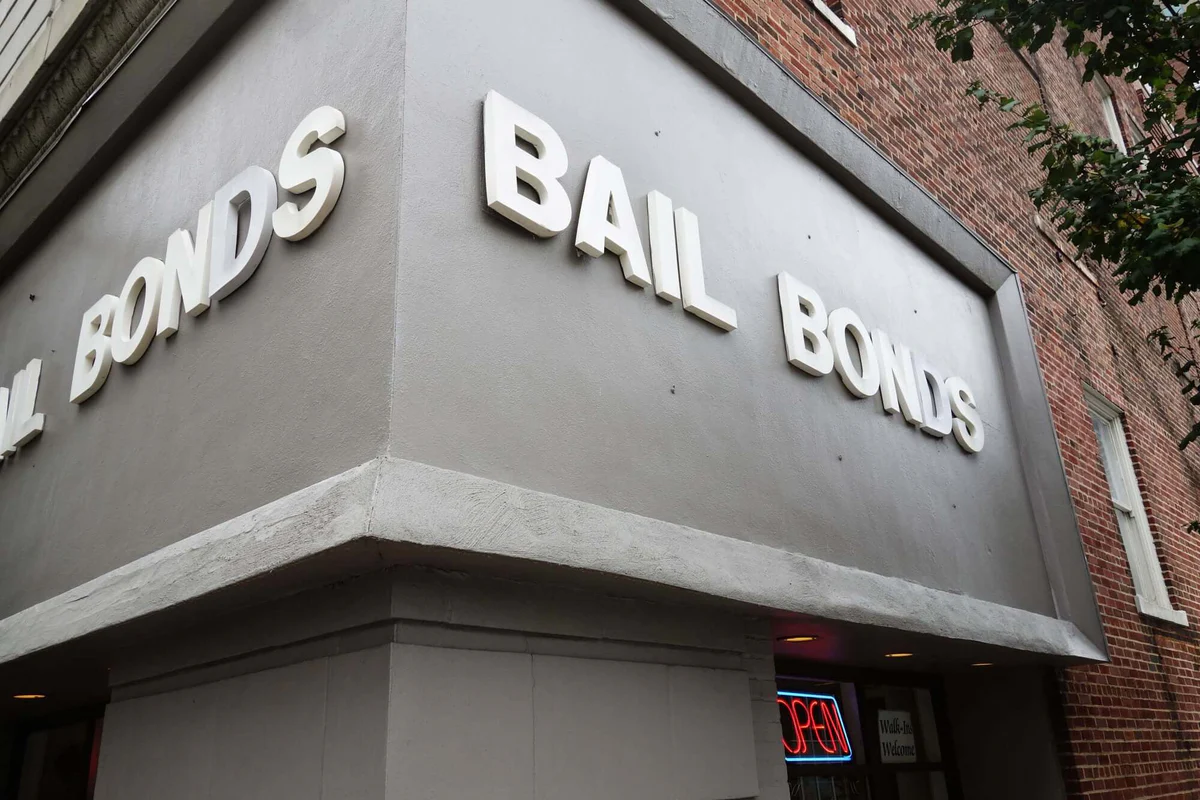A Comprehensive Look at the Bail Bonds Process in Los Angeles
A Comprehensive Look at the Bail Bonds Process in Los Angeles
Blog Article
Understanding the Fundamentals of Bail Bonds: What You Required to Know
Navigating the complexities of bail bonds is an essential facet of the lawful system that can significantly influence the charged's journey with court process. The details of exactly how bail bonds operate, the different types available, and the crucial considerations in selecting a trusted bail bondsman can be discouraging.
What Is Bail?
Bail is a financial setup that enables an individual charged of a criminal activity to be released from custodianship while awaiting trial. The primary function of bail is to make sure that the defendant stands for future court procedures (Los Angeles Bail Bondsman). Normally set by a judge, the bail amount varies relying on the nature of the criminal offense, the accused's criminal history, flight risk, and various other essential elements
When bail is granted, the charged or an agent should pay a defined amount, which might be in cash or with a bail bond. In many cases, bail can be denied altogether, particularly for severe offenses or if the suspicious positions a substantial risk to public safety. The idea of bail is rooted in the anticipation of virtue, strengthening the concept that people must not be penalized prior to a sentence.

Recognizing Bail Bonds
A bail bond is an economic instrument that assists in the launch of a charged individual from custodianship, working as a guarantee for their appearance at future court days. This arrangement allows accuseds to keep their liberty while waiting for test, decreasing the concerns connected with imprisonment. The bail bond process usually includes a third-party company, called a bondsman, that supplies the needed funds to the court in support of the charged.
Bail bonds been available in different types, including guaranty bonds, residential or commercial property bonds, and cash bonds, each with distinctive requirements and ramifications. Surety bonds, one of the most typical type, need an exceptional repayment, typically a percentage of the complete bail amount, which is non-refundable. On the other hand, a residential property bond includes using property as security, while cash bonds demand the complete bail total up to be paid upfront.
Understanding the subtleties of bail bonds is crucial for offenders and their households. It is vital to understand the possible monetary implications, including costs and commitments to the bail bondsmansman, in addition to the lawful obligations tied to ensuring court looks. Knowledge of these components aids in making educated choices throughout a difficult time.
How Bail Bonds Work
The process of protecting a bail bond commonly includes numerous key actions that guarantee the charged can regain their flexibility while waiting for trial. The individual or their representative calls a bail bondsman, who assesses the instance and the associated dangers. The bail bondsman will call for details concerning the accused, including the charges, the bail amount established by the court, and any kind of relevant individual information.
When the bail bondsman consents to supply the bond, the charged or their rep has to click this link pay a non-refundable cost, generally a percent of the complete bail quantity. This charge compensates the bondsman for taking on the financial risk of making sure the implicated appears in court. In many cases, collateral may additionally be called for, such as building or beneficial properties, which acts as safety for the bond.
After any kind of security and the fee are arranged, the bail bondsman sends the required paperwork to the court. Upon approval, the bail is published, and the implicated is released from safekeeping. It is essential for the accused to follow all court days and problems, as failing to do so can lead to the forfeiture of the bond and potential lawful effects.
Kinds of Bail Bonds
Various sorts of bail bonds are readily available to match various circumstances and demands. The most typical kind is the surety bond, where a bond bondsman assurances payment of the complete bail quantity to the court in exchange for a non-refundable cost, commonly around 10% of the bail. This arrangement permits accuseds to secure their launch without paying the entire bail upfront.
An additional kind is the cash bond, which calls for the defendant or a co-signer to pay the complete bail quantity in cash directly to the court - Los Angeles Bail Bondsman. This choice is frequently favored for lower bail quantities, as it guarantees the cash is returned upon the defendant's look at all court procedures
Building bonds involve using realty as collateral. In this instance, the court places a lien on the residential property, which can be surrendered if the offender fails to show up.
Lastly, federal bail bonds are specifically made for federal instances, frequently entailing higher quantities and added complexities. Recognizing these various bail bond kinds is essential for offenders and their households in making educated choices during a difficult time.
Selecting a Bondsman
When selecting a bondsman, it is vital to consider several essential aspects that can influence the total experience and outcome. First, examine the bail bondsman's credibility by looking into on the internet evaluations and getting referrals from trusted sources. A reliable bail bondsmansman will have a background of professionalism and successful situations.

Most bail bondsmen bill a non-refundable charge, generally around 10% of the bail quantity. Transparency in his response rates is a trademark of a credible bail bondsman.
Final Thought
In summary, understanding the basics of bail bonds is crucial for people involved in the lawful system. Bail acts as a monetary guarantee of court appearance, while numerous kinds of bail bonds satisfy various situations. Understanding the functional devices of bail bonds and picking a trusted bail bondsmansman can substantially influence the total experience. A detailed examination of available choices ensures notified decision-making, inevitably helping with a smoother navigating through the intricacies of the legal procedure.
The complexities of how bail bonds operate, the numerous types offered, and the essential considerations in selecting a reliable bail bondsman can be daunting. The bail bond procedure normally entails a third-party company, understood as a bond bondsman, that provides the required funds to the court on behalf of the implicated.
The most usual kind is the guaranty bond, where a about his bond bondsman warranties settlement of the complete bail quantity to the court in exchange for a non-refundable cost, typically around 10% of the bail. Bail serves as a financial assurance of court appearance, while various types of bail bonds cater to various circumstances. Comprehending the operational systems of bail bonds and picking a respectable bail bondsman can substantially influence the general experience.
Report this page